JClishe
No longer a newbie, moving up!
- Joined
- May 28, 2009
- Messages
- 828
- Reaction score
- 106
- Location
- Cincinnati, OH
- Can others edit my Photos
- Photos OK to edit
I'm trying to understand the practical differences between the metering options that are available. If my camera isn't auto-selecting the correct exposure settings that I need, my options as I understand them are a) adjust using exposure compensation, b) meter off-scene, use exposure lock and re-compose, or c) switch to a different metering mode (spot, partial, etc).
So what are the pros and cons, and most practical? Seems like metering off-scene and using exposure lock is the easiest, because you can do it with your thumb without looking up from the viewfinder.
I also read somewhere that some people leave exposure compensation set -1/3 stop all the time to protect against blown out highlights. Is this a practical suggestion?
So what are the pros and cons, and most practical? Seems like metering off-scene and using exposure lock is the easiest, because you can do it with your thumb without looking up from the viewfinder.
I also read somewhere that some people leave exposure compensation set -1/3 stop all the time to protect against blown out highlights. Is this a practical suggestion?


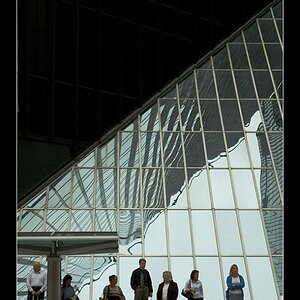
![[No title]](/data/xfmg/thumbnail/31/31707-a2840f3af9af3a4fa6f6dfbd4028eae5.jpg?1619734964)
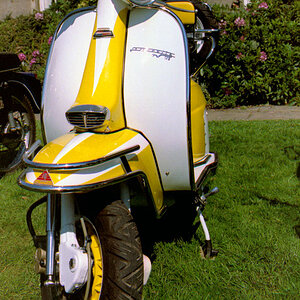
![[No title]](/data/xfmg/thumbnail/34/34695-42e00aba923f9e1fb7d814399a63ad68.jpg?1619736606)
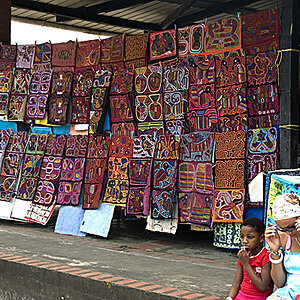
![[No title]](/data/xfmg/thumbnail/35/35927-3dea4a63711f7a2bbdbb2abd760fcc04.jpg?1619737232)
![[No title]](/data/xfmg/thumbnail/34/34693-68d7ff80dc154cec1604c718d5434ecd.jpg?1619736605)
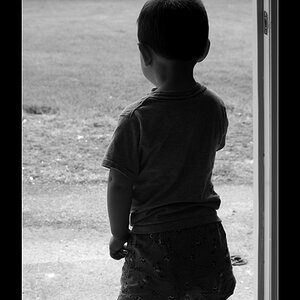
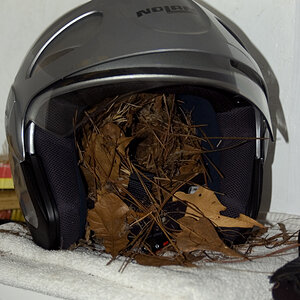
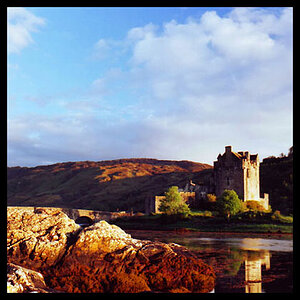

![[No title]](/data/xfmg/thumbnail/40/40288-4d5d7a8aa74ddfceb5fb82062d9b21be.jpg?1619739409)